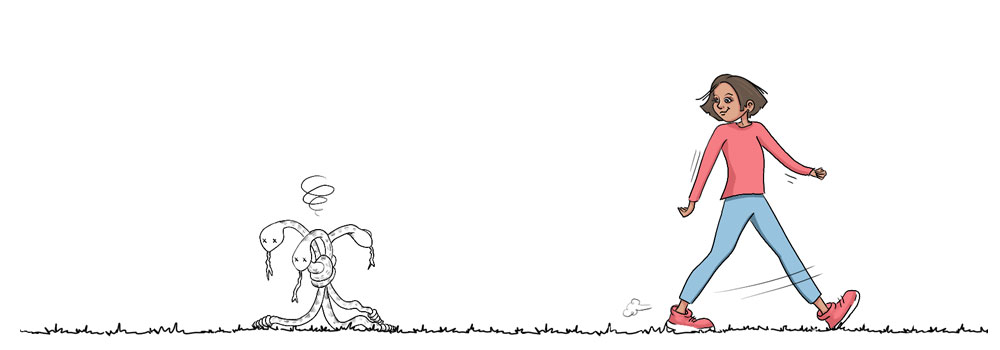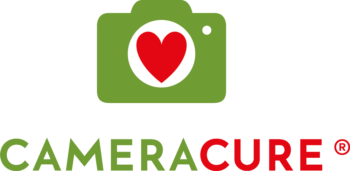Task 28 – Accept vulnerability
Task 28
Accept vulnerability

Problem
Hiding vulnerability
The biggest problem with vulnerability may be the fear of appearing vulnerable. At the doctor’s office I see that everyone is vulnerable. And everyone thinks that other people aren’t because we compare the inner, frayed, weak picture we have of ourselves with the polished, solid façade of others. The other people do this, too. We are all insecure. In any case, we should be. Everything that we have, including our lives, can be taken away in a moment. We have to build a resilience for tolerating vulnerability. All of the years at the office has also taught me that the people who seem the most invulnerable are often the most vulnerable. They have just tried a little extra to polish the façade.
Do you or do you not accept being vulnerable? My impression is that that those who make the biggest efforts to hide their vulnerability, struggle the most. They have created armor that becomes too heavy to carry. Instead we can use our resources to build resilience.
Daring to show your vulnerability can liberate a lot of energy that can be used for other more pleasurable things and open up new possibilities. Suddenly you could take part in excit- ing activities you that you had been avoiding for a long time out of fear of exposing your insecurity.
When we show that we are vulnerable, oxytocin is released in other people. This strengt- hens the bond of trust between us. We can use this consciously both when we photograph, and when we want to connect with people.
Do you know someone who dares to show their vulnerability? Someone who doesn’t? What about you?
On a scale of 1 to 6, how relevant is this issue for you?:

Solution
Showing vulnerability
When our idols die young, we bond to them. The grief and compassion release oxytocin and the depictions of them become iconic. Who can forget Princess Diana’s death? She had shown the whole world her vulnerability and won us over because of it. Queen Elizabeth’s rigid façade made just as strong of an impression, but in the opposite way. If we watch a film or read a book where the main character is not vulnerable, we care little about what happens to them. Then a release of oxytocin that binds us to the person hasn’t taken place. Without the release of oxytocin that triggers our compassion, we lose interest.
We are all weak and vulnerable to some degree. If we can accept it, we can live with it. So, dare to show your vulnerability! So let’s dare to show how fragile we are. It makes us more robust. The best people are not the strongest ones, but those who dare to be honest about their weaknesses.
We only attract more of what we fight against. So, it makes us extra vulnerable when we use a lot of time and effort to avoid showing we are vulnerable. Through taking photos, and dealing with the associated challenges, we build a resilience that makes us more robust. And then we have better conditions for tolerating vulnerability.
PHOTO ASSIGNMENT:
Photograph an acquaintance that is your opposite, either vulnerable or robust.
How useful was this task for you on a scale of 1 to 6
BOOK SUGGESTION: The Power of Vulnerability by René Brown

❞ Out of your vulnerabilities will come your strength.
Sigmund Freud
❞ The hardest thing about being a leader is demonstrating or showing vulnerability… When the leader demonstrates vulnera- bility and sensibility and brings people together, the team wins.
Howard Schultz
❞ Resign yourself to the lifelong sadness that comes from never being satisfied.
Zadie Smith
[note_editor]

